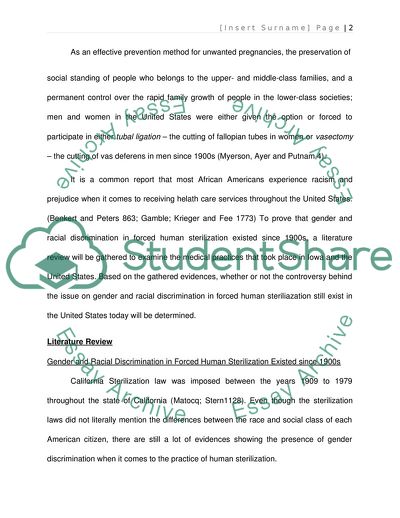Cite this document
(Is There Evidence That Shows Racial and Gender Discrimination in Coursework, n.d.)
Is There Evidence That Shows Racial and Gender Discrimination in Coursework. https://studentshare.org/sociology/1719458-discrimination-in-sterilization
Is There Evidence That Shows Racial and Gender Discrimination in Coursework. https://studentshare.org/sociology/1719458-discrimination-in-sterilization
(Is There Evidence That Shows Racial and Gender Discrimination in Coursework)
Is There Evidence That Shows Racial and Gender Discrimination in Coursework. https://studentshare.org/sociology/1719458-discrimination-in-sterilization.
Is There Evidence That Shows Racial and Gender Discrimination in Coursework. https://studentshare.org/sociology/1719458-discrimination-in-sterilization.
“Is There Evidence That Shows Racial and Gender Discrimination in Coursework”. https://studentshare.org/sociology/1719458-discrimination-in-sterilization.


